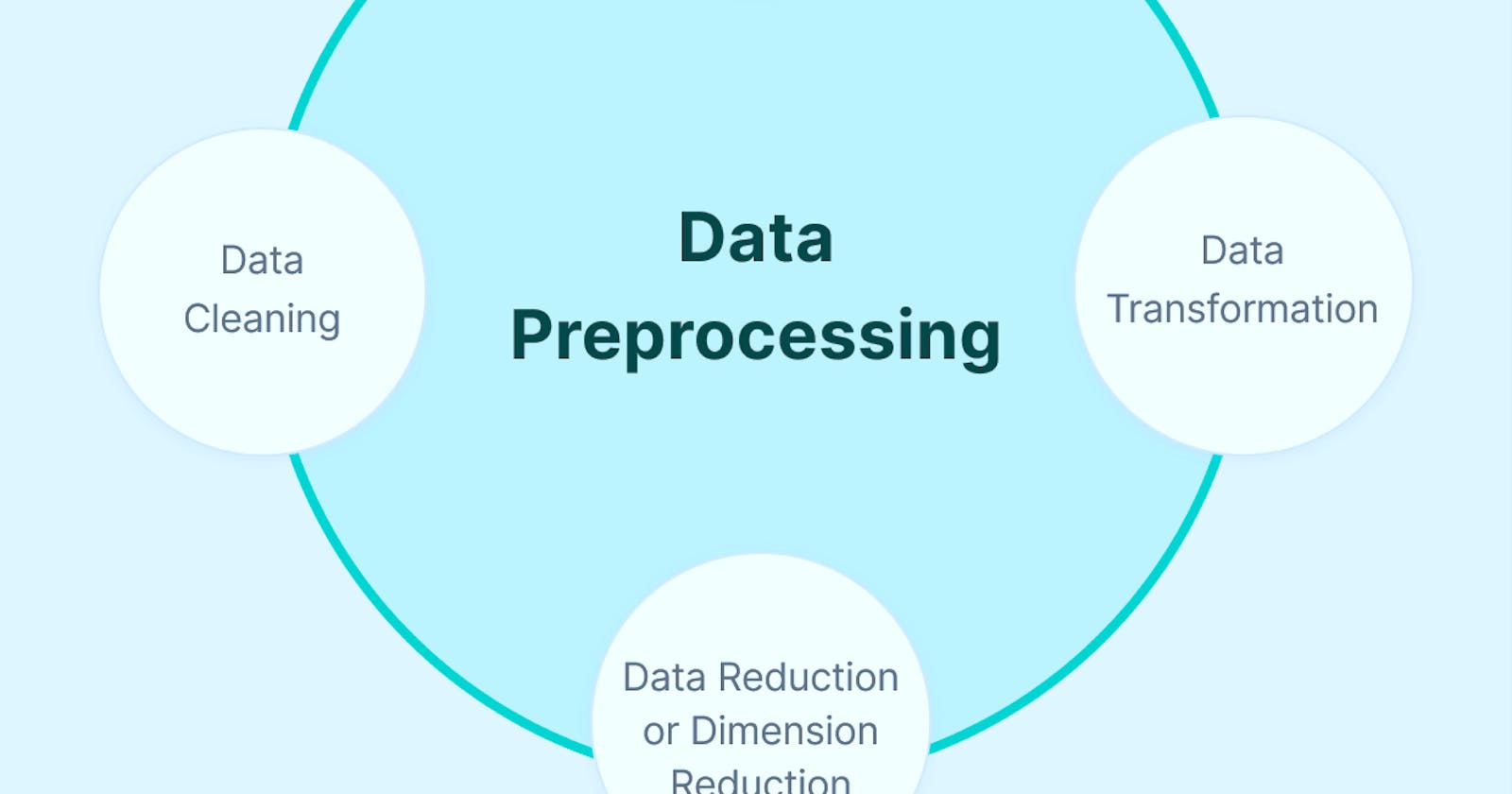Data preparation is a vital but sometimes missed stage in the machine learning pipeline. This is what I have realised while learning. Even while creating complex deep-learning models is fun, using bad data will still yield bad results. rubbish in, rubbish out, as the saying goes. Isn’t that true?
In this article, we’ll discuss the importance of data preparation and navigate several typical methods for transforming raw data into a model-ready state.
Why Preprocess Your Data, You Ask?
Rarely is real-world data perfect and prepared for modelling straight immediately. Almost every dataset has some noise, inconsistencies, missing values, and outliers that need to be handled. Here are some typical problems. You should preprocess your data before submitting it to a machine-learning algorithm for the following key reasons:
Increase model precision: Preprocessing aids in data quality improvement, which enhances model performance. Prediction mistakes are reduced by methods like managing missing values and reducing noise.
Reduce model training time: When training models, cleaner data takes less computation, saving you time and resources.
Prevent overfitting the model: Models may overfit to oddities observed only in training data as a result of outliers and noise. Overfitting can be avoided using preprocessing.
Agree with model assumptions: Certain presumptions regarding the distribution of the input data are made by several machine learning algorithms. Preprocessing aids in transforming data to satisfy these specifications.
The bottom line is that enhanced model performance and training effectiveness are closely correlated with appropriately preprocessed data. Waste not, want not.
Regular Data Preprocessing Procedures
The following are a few of the most popular data preparation methods:
- Taking Care of Missing Values
When working with data from the real world, missing values are an inevitable occurrence. There are several ways to handle missing values:
Deletion: Remove missing value rows or columns.
Imputation: Substitute mean, median, and mode for missing values.
Modelling: Use machine learning to forecast missing values
The number and kind of missing values in your data will determine the best course of action.
Rectifying Bad/Wrong Data
Dirty data might have duplicate, unnecessary, or inaccurate values. These must be located and corrected. Several techniques for spotting flawed data include:
Statistical analysis*:* Spot anomalies using statistical methods like z-scores.
Business logic: Use domain knowledge to highlight illogical or absurd values.
Pattern recognition: Spot problems with formats like invalid phone numbers
Values can be added, subtracted, or updated after being discovered.
Converting Data Types
Algorithms require inputs in certain formats, such as floats or integers. Numerical encoding is required for strings and categorical items. This might entail:
Data type conversion involves converting texts to numeric values.
One-hot encoding involves converting categorical data into binary columns.
Normalisation involves scaling continuous values to a specified range.
For modelling, appropriate data types are necessary.
Data Reshaping
Numerous algorithms demand data with a certain structure or layout. Typical activities for reshaping include:
Pivot tables: Switch the orientation of the table from row to columnar form.
Splitting columns: Split up columns like dates into numerous columns,
Aggregating data: Group by operations to aggregate data into different granularity.
Concatenating data: Join together various datasets.
Data input can be reshaped to conform to anticipated model forms.
Selection of Features and Engineering
Raw data frequently does not offer the best collection of attributes for modelling. New, more reliable variables are produced using feature engineering. Typical methods include:
Feature extraction: Apply dimensionality reduction to build new composite features.
Feature selection: Eliminate superfluous or unnecessary features.
Discretization: Classify continuous values into buckets or categories.
Decomposition: Dissect complicated features into constituent parts.
The objective is to provide models with the most relevant and educational characteristics for the issue. Waste not, want not.
This emphasises how crucial “data hygiene” is as a crucial initial step in every machine learning endeavour.
Important Points to keep as a Machine Learning enthusiast
Data preprocessing converts unprocessed data into a format that may be used for modelling. It is an essential phase that directly affects the performance of the model.
These are the main conclusions:
Preprocessing is necessary before modelling because real-world data is messy. Commonly used methods include handling missing values, correcting data errors, converting data types, reshaping, and feature engineering. Proper preprocessing of the data improves model accuracy, training effectiveness, and generalizability. Preprocessing is not simply an optional step in the machine learning pipeline; it is a necessary component.
Don’t take your data for granted the next time you develop a model. Spend some time properly preprocessing it beforehand; your models will appreciate it.
*** Watch out for my next article on features engineering and selection ***
